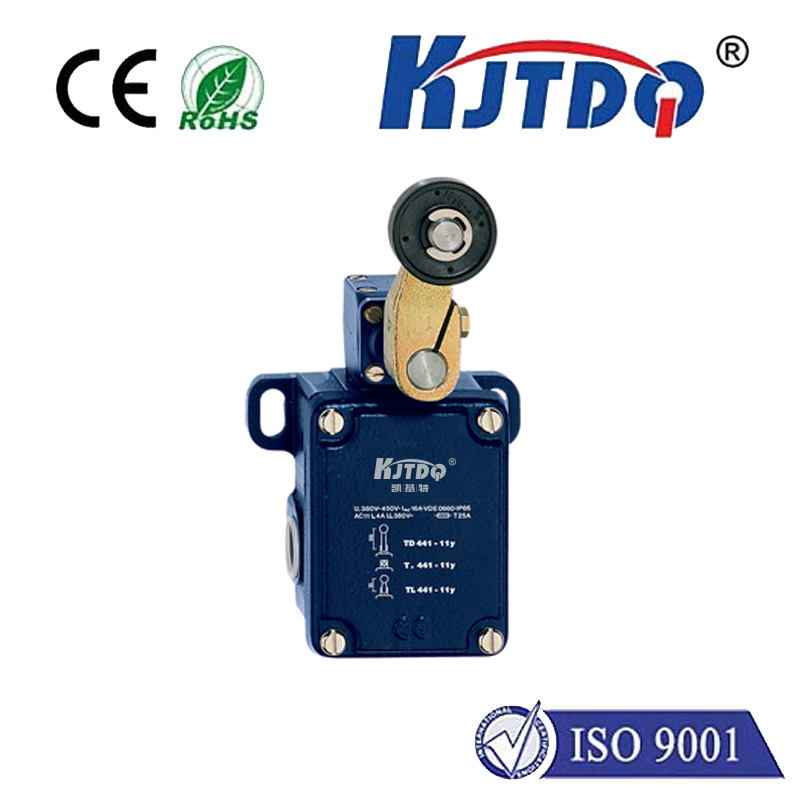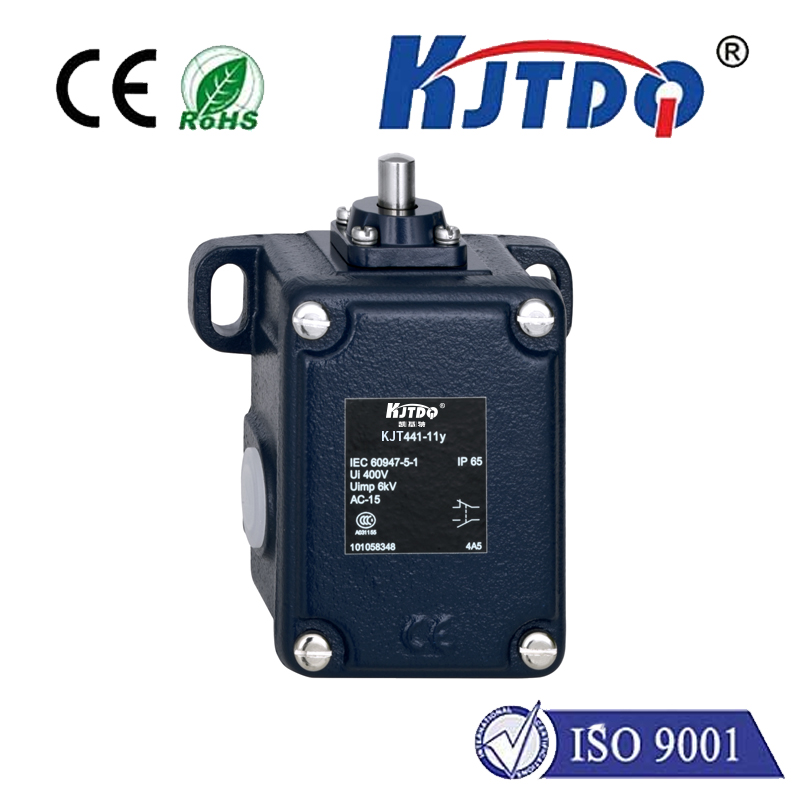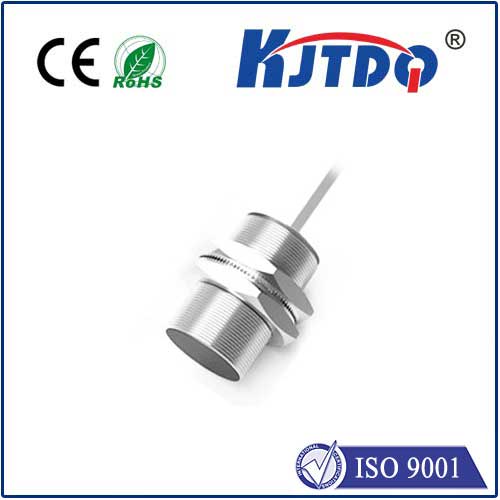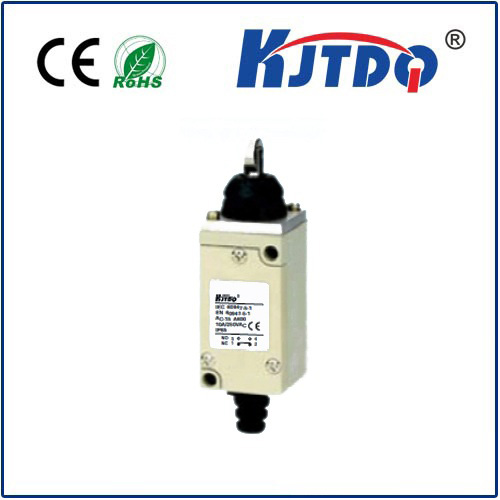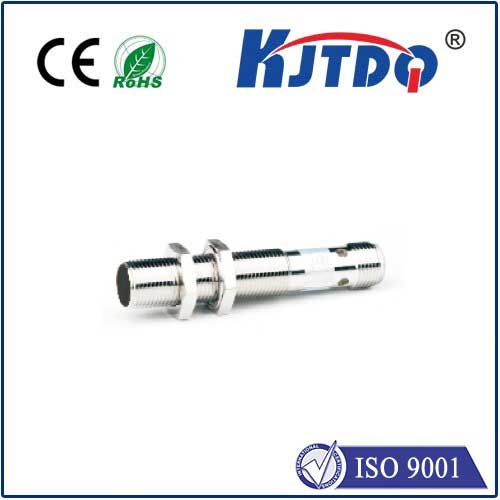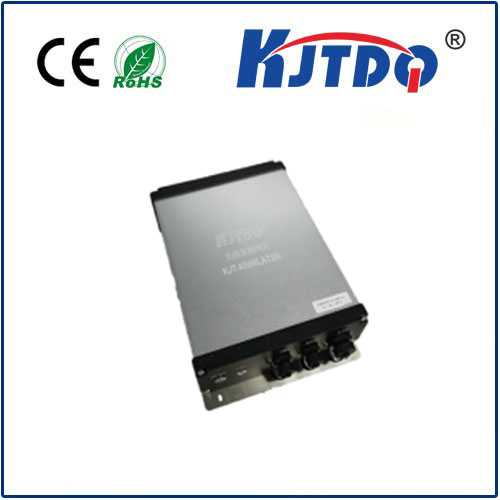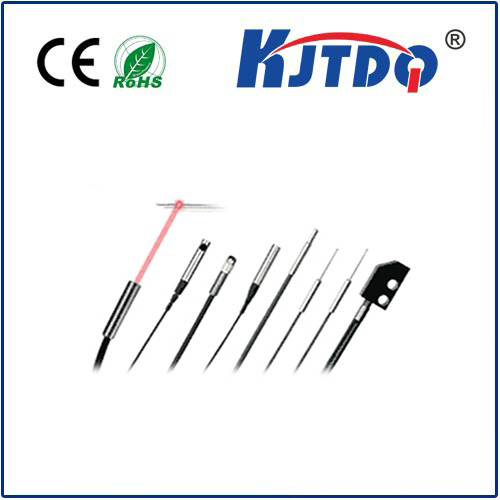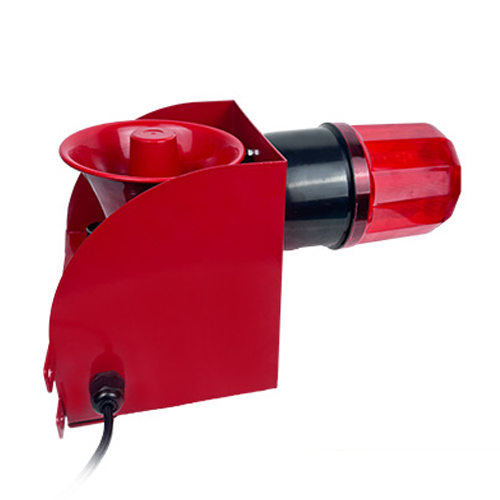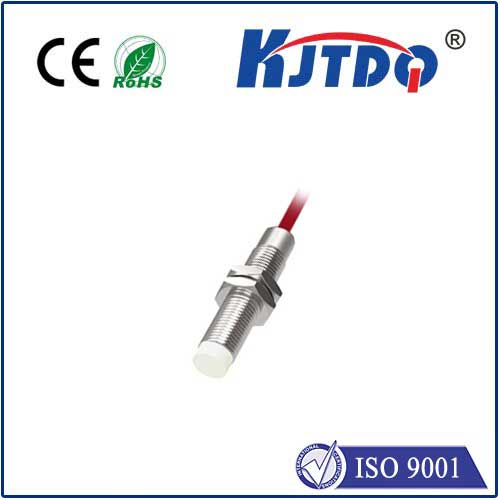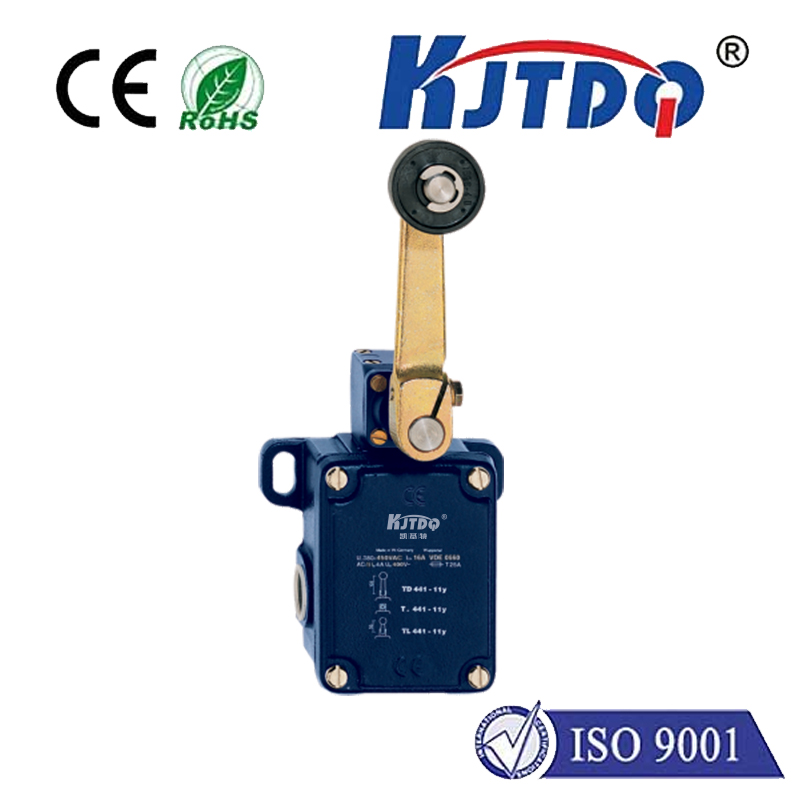

check

check

check

check

check

check

check

check

check

check
Ever been puzzled when your PNP sensor seems to work backwards? Or struggled to decipher wiring diagrams filled with “NO” and “NC”? Understanding the fundamental principles of sensor outputs – specifically the critical difference between Normally Open (NO) and Normally Closed (NC) contacts within PNP sensors – is non-negotiable for anyone designing, installing, or troubleshooting modern automated systems. These tiny switches embedded within sensors dictate the very language machines speak, forming the foundation of reliable control circuits.
Let’s quickly anchor what a PNP sensor is. PNP refers to the type of output transistor used. In a PNP sensor, the transistor acts as a switching element connected between the sensor’s positive supply voltage and its output wire. Crucially, this means a PNP sensor sources current to the load when active. When the sensor detects its target (e.g., an object is present), its internal PNP transistor turns “ON”, effectively connecting the output pin to the positive supply voltage (+V). This allows current to flow out from the sensor’s output, through the connected load (like a PLC input), and back to the sensor’s negative terminal (0V or Ground).
The PNP sensor’s output stage provides the “muscle” to switch the circuit. But it’s the NO/NC configuration that defines the logic of when that switching occurs. This is where confusion often sets in. NO and NC describe the default electrical state of the sensor’s internal contacts when no target is present and no power is applied – the “normal” condition.
Off (No Target) -> On (Target Detected). NO = Open until Activated.On (No Target) -> Off (Target Detected). NC = Closed until Activated. This can feel counter-intuitive – the sensor produces a signal when nothing is detected, and shuts it off when the target is present.Why does the NC type seem “backward”? It’s all about the default state defining the “Normal” condition. An NC contact is naturally closed, meaning it passes current under normal (no target) conditions. Activating the sensor (detecting the target) breaks that normal connection (opens the circuit). This reverse logic is incredibly powerful for critical safety functions. For example, a safety guard switch might use an NC contact: the machine circuit requires the NC signal (“ON”) to know the guard is safely closed. If the guard opens OR the sensor fails OR the wire breaks, the circuit loses that “ON” signal, immediately triggering a safe shutdown. This “fail-safe” principle is central to many safety designs.
Selecting between NO and NC for your PNP sensor hinges entirely on your application’s logic and safety requirements:
Wiring a PNP sensor correctly is straightforward once you grasp the sourcing principle:
When the PNP sensor activates (closes its switch for NO, or for NC, stops opening its switch when inactive), it sources +V down the black wire, through the load, to ground, completing the circuit and activating the load.
Mastering the interplay between PNP sourcing outputs and NO/NC contact logic is foundational. Selecting the correct PNP NO/NC sensor configuration dictates the behavior of your entire control circuit. Remember: NO means the signal path is open until the sensor activates. NC means the signal path is normally closed and opens when the sensor activates. Prioritize NC configurations for safety-critical applications demanding fail-safe operation, while NO configurations are standard for straightforward detection tasks. Your choice directly impacts system safety, reliability, and the fundamental logic driving your automation. Taking the time to comprehend these essential principles eliminates wiring errors, accelerates troubleshooting, and ensures your PNP sensors, whether NO or NC, perform their vital roles effectively within your control systems, maintaining signal integrity and operational flow where it matters most.
